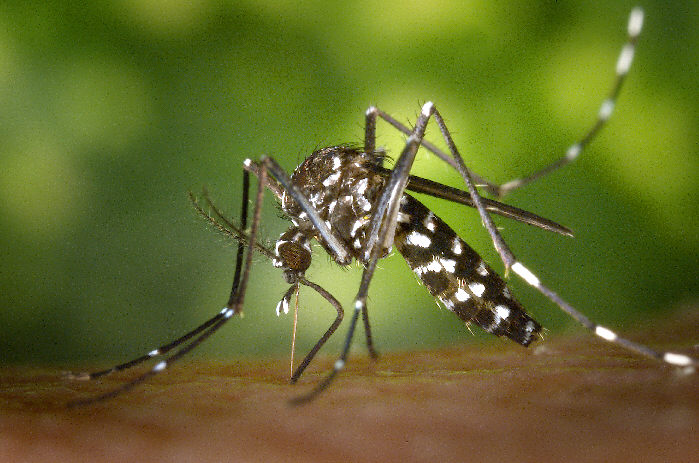Day CA, Richards SL, Reiskind MH, Doyle MS, Byrd BD (2020). Context-dependent accuracy of the BG-counter remote mosquito surveillance device in North Carolina. Journal of the American Mosquito Control Association 36: 74-80.
Abstract
There is a clear need for improved vector surveillance approaches that are affordable, labor efficient, and safer than traditional methods. The BG-Counter (Biogents USA, Moorefield, WV) is a device for remotely monitoring mosquito activity in combination with the BG-Sentinel (Biogents USA), a widely used trap for the collection of host-seeking mosquitoes. The BG-Counter uses a wireless connection to provide real-time counts of mosquitoes captured by the BG-Sentinel, allowing users to remotely monitor mosquito populations. This study tested the effectiveness of the BG-Counter in 5 North Carolina counties. A total of 96 trap-days resulted in the collection of >45,000 individual mosquitoes representing 35 species. Aedes albopictus was the most common species collected in all counties, except for New Hanover County where Culex nigripalpus was the most common. The mean daily accuracy ranged from 80.1% (New Hanover County) to 9.4% (Jackson County). There was a significant linear relationship between the actual number of mosquitoes collected and the device counts at all sites except Jackson County, the site with the lowest relative mosquito abundance compared with nontarget organisms. A linear regression of daily BG-Counter accuracy and the daily proportion of mosquitoes to the total number of arthropods collected revealed a significant positive linear relationship, supporting the premise that the BG-Counter is less effective when the relative abundance of mosquitoes is low. Mosquito surveillance programs using the BG-Counter should recognize its context-dependent accuracy and routinely evaluate the accuracy of the device based on local conditions.




